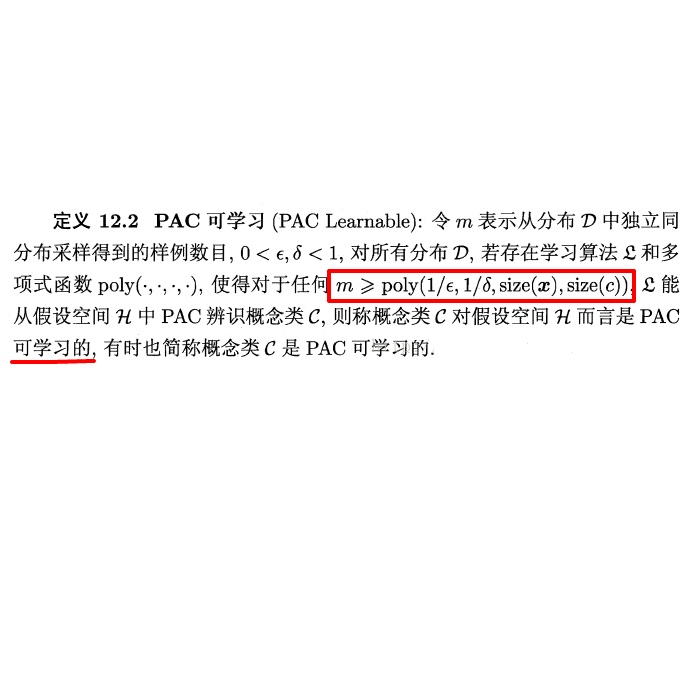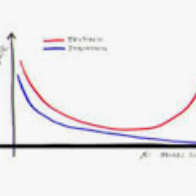Neural Stochastic Differential Equations model a dynamical environment with neural nets assigned to their drift and diffusion terms. The high expressive power of their nonlinearity comes at the expense of instability in the identification of the large set of free parameters. This paper presents a recipe to improve the prediction accuracy of such models in three steps: i) accounting for epistemic uncertainty by assuming probabilistic weights, ii) incorporation of partial knowledge on the state dynamics, and iii) training the resultant hybrid model by an objective derived from a PAC-Bayesian generalization bound. We observe in our experiments that this recipe effectively translates partial and noisy prior knowledge into an improved model fit.
翻译:神经斯托克差异等同模型是一种动态环境,其神经网被指定用于其漂移和传播术语。其非线性的高度表达力在确定大型自由参数时以不稳定性为代价,本文提出了提高这类模型预测准确性的三个步骤:(一) 假设概率权重来计算认知不确定性,(二) 纳入关于状态动态的部分知识,(三) 以PAC-Bayesian通用约束的目标来培训由此形成的混合模型。我们在实验中观察到,这种配方有效地将局部和吵闹的先前知识转化为更完善的模型。




